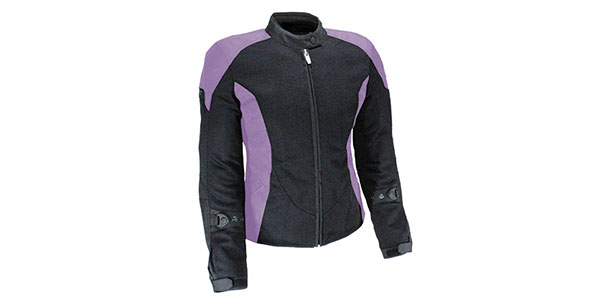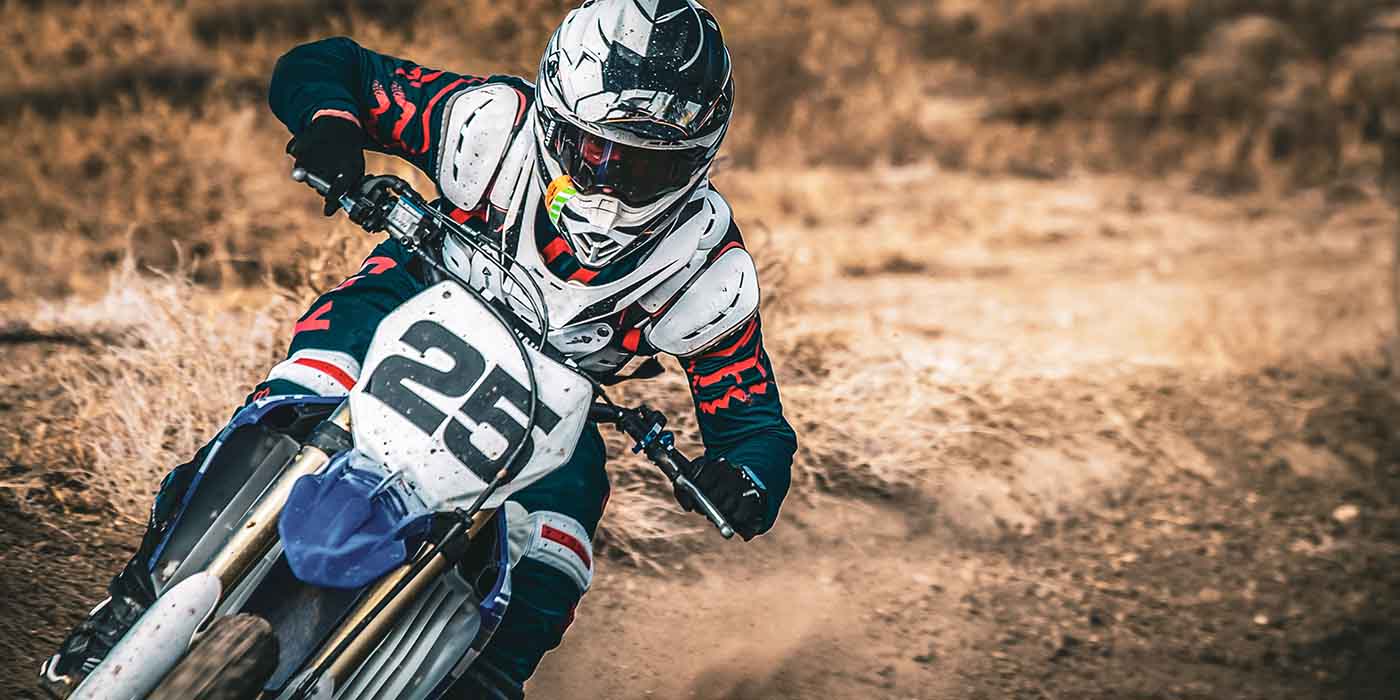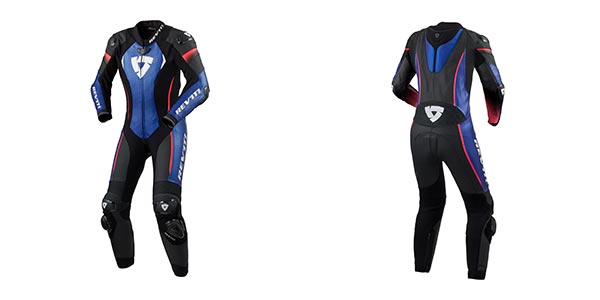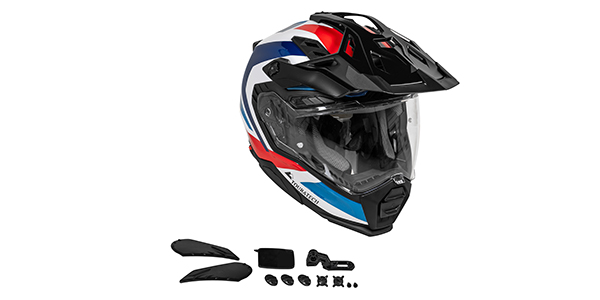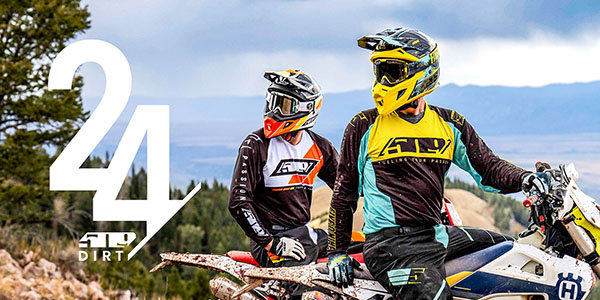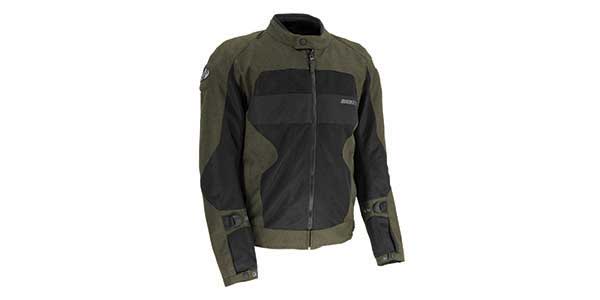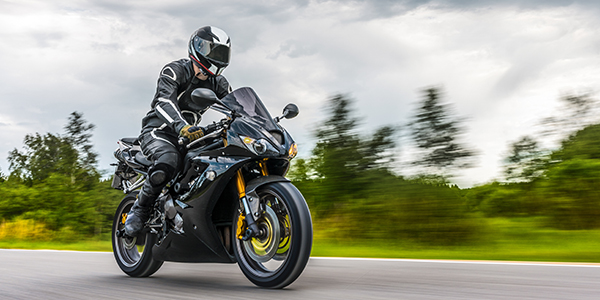
We’ve all thought it before: “I’ve done this a million times without hurting myself — I don’t need this gear.” Whether we were just too lazy to put on a helmet and pads riding a bike as a kid or we didn’t want to wear an awkward-fitting life jacket while boating or on a PWC, or we skimped on safety in another sport, many of us have bet against the odds at some point and taken the risk. But, low odds are still odds, and you just never know what will happen.
According to the Insurance Information Institute, in 2015, there were 88,000 motorcycle injuries for the registered 8,600,936 motorcycles in the U.S. While that may only equate to a 1% injury rate, consider that a separate study by the George Institute for Global Health found that motorcycle jackets, gloves and pants reduced injuries by 13.6%, 17.3% and 7.1% respectively; when worn with body armor, the percentages increased to 22.2%, 31.5% and 20.6% respectively.
In other words, armor is effective, and you need to let your customers know it. Put it to them this way. A medieval knight would not have dared to walk out onto the battlefield without donning a suit of armor. Motorcycle armor even seems to come with almost as many pieces as plate armor did: spine pads, knee sliders, elbow armor, shoulder armor and hip armor. Luckily, today’s riders don’t require squires to assist them in suiting up for battle — or the road, rather.
Furthermore, unlike medieval armor, motorcycle armor is crafted for both protection and comfort. Some back, elbow and knee pads are simple foam inserts that fit into specialty jacket pockets and are designed for flexibility and — above all — impact absorption. Other types of armor can strap or slide on. Slide-on knee and elbow pads, for instance, tend to have additional protection for the shins and forearms. Then there are the vest and jacket varieties, which may also include shoulder, elbow and/or hip pads, providing increased or full upper-body protection. Many of the non-insert varieties also take into consideration ergonomics and ventilation. While these types are assuredly more expensive than inserts, it’s important to have all types on hand to appease customer preferences.
There are also unique vests available that have airbags included for added protection. These vests are worn over the motorcycle jacket but are extremely lightweight and can be worn in any type of weather. A cushion in the vest wraps around the rider’s torso and neck. The vest is connected by a cable to the motorcycle, and it activates and inflates in any crash resulting in a separation from the vehicle. The airbags will inflate to protect the back, hips, chest and neck, particularly the cervical area.
While the casual rider may simply be looking for pads to fit in a jacket, racers will need to be equipped with the more protective varieties listed and may need CE-rated armor. Be sure to do your research.



